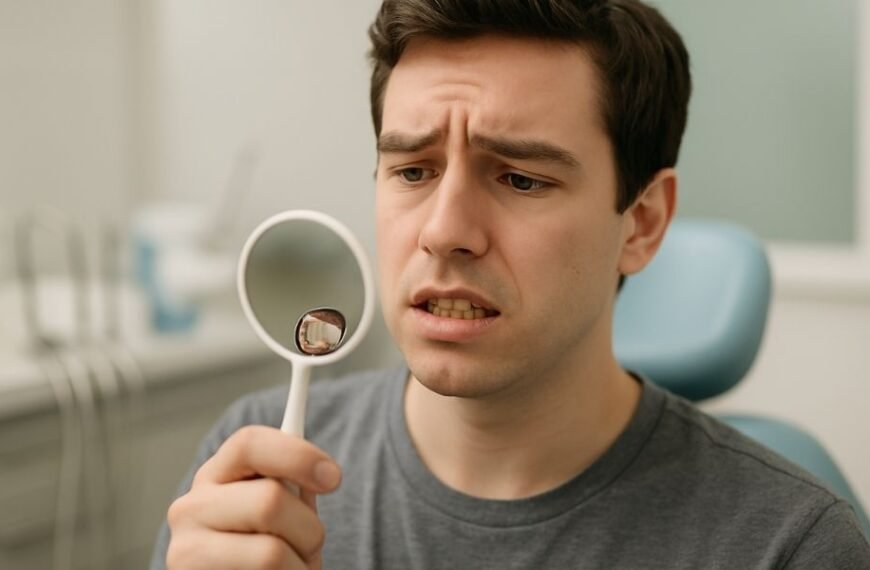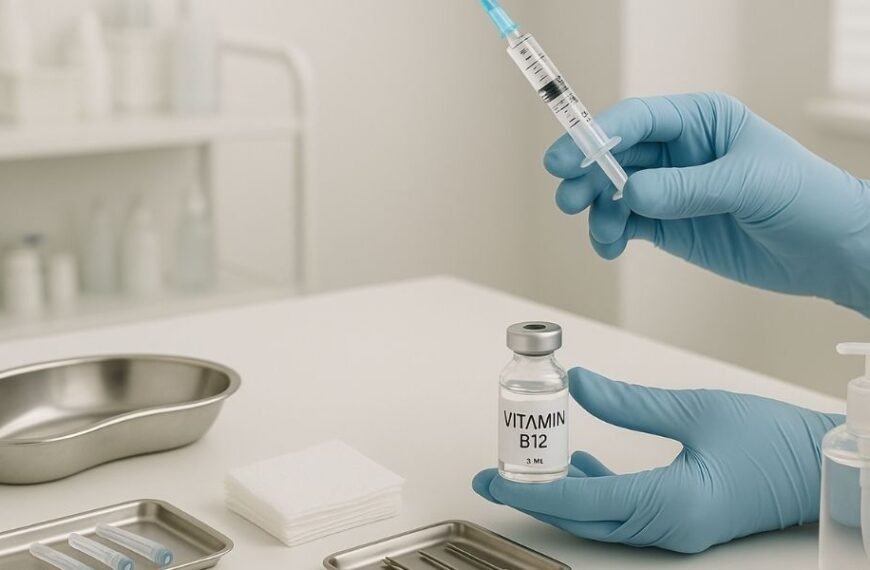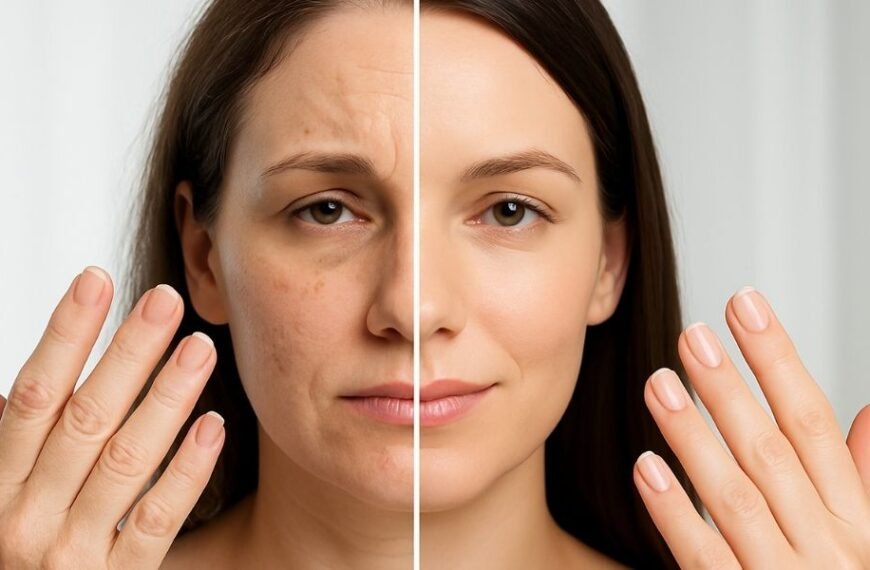Skin cancer is one of the most common cancers worldwide, and melanoma is its most dangerous form. Early detection is critical—when caught early, melanoma has a high cure rate, but when ignored, it can spread quickly to other parts of the body. Understanding and recognizing melanoma symptoms can make the difference between life and death.
What Is Melanoma?
Melanoma is a type of skin cancer that begins in melanocytes—the cells that produce melanin, which gives your skin its color. It can develop on any part of the body, even areas not typically exposed to the sun, such as the soles of the feet, under the nails, or inside the mouth.
Unlike other skin cancers, melanoma is more likely to spread (metastasize) to lymph nodes and internal organs if not detected early. That’s why paying attention to unusual changes in your skin is so important.
The ABCDE Rule: A Tool for Early Detection
One of the most effective ways to spot early melanoma is by using the ABCDE rule, a guideline developed by dermatologists to identify suspicious moles or skin lesions:
- A – Asymmetry: One half of the mole doesn’t match the other.
- B – Border: Edges are irregular, scalloped, or poorly defined.
- C – Color: Varies in shades of brown, black, red, white, or blue.
- D – Diameter: Larger than 6mm (about the size of a pencil eraser), though some melanomas are smaller.
- E – Evolving: Changes in size, shape, color, or symptoms like bleeding or itching.
If you notice any of these characteristics in a mole or spot on your skin, it’s time to see a dermatologist.
Other Warning Signs You Shouldn’t Overlook
While the ABCDE rule helps with mole-related melanomas, there are other symptoms of melanoma that can be less obvious:
- A new spot on the skin that looks different from others.
- A sore that doesn’t heal after several weeks.
- A mole that bleeds, oozes, or becomes crusty.
- An itchy or tender lesion, even if it hasn’t changed much visually.
- Dark streaks under a fingernail or toenail, especially if you haven’t injured the area.
Sometimes, melanoma can mimic other skin conditions or appear in unusual places. That’s why it’s important not to dismiss anything suspicious, even if it seems harmless at first.
Melanoma in Uncommon Locations
Melanoma isn’t restricted to sun-exposed skin. Here are some less common areas where it can develop:
- Under nails (subungual melanoma)
- On the soles of feet or palms of hands
- Inside the mouth or nose
- On the scalp
- In the eyes (ocular melanoma)
Since these areas are easy to overlook, they often lead to delayed diagnoses. Be proactive and check your whole body regularly, or schedule annual skin exams with a dermatologist.
Who’s at Risk?
Anyone can develop melanoma, but certain factors increase the risk:
- Fair skin, light eyes, and blond or red hair
- A history of sunburns, especially blistering burns in youth
- Excessive UV exposure (sun or tanning beds)
- A large number of moles or unusual (atypical) moles
- A personal or family history of skin cancer
- Weakened immune system
Even if you don’t have these risk factors, it’s wise to perform monthly self-exams and protect your skin with sunscreen and protective clothing.
When to See a Dermatologist
If you spot anything unusual or concerning on your skin—especially a mole or growth that’s changing, bleeding, or looks different from the rest—don’t wait. Early detection saves lives. A dermatologist can evaluate the lesion and may perform a biopsy to determine if it’s cancerous.
Annual skin checks are recommended, particularly for people with risk factors. And if you’ve already had skin cancer, more frequent check-ups may be necessary.
Prevention: Your First Line of Defense
While you can’t eliminate all risk, you can significantly reduce it with these tips:
- Use broad-spectrum sunscreen with SPF 30 or higher every day.
- Avoid tanning beds and limit sun exposure, especially midday.
- Wear protective clothing, wide-brimmed hats, and sunglasses.
- Stay in the shade when outdoors for extended periods.
- Perform monthly skin self-exams and take note of any changes.









